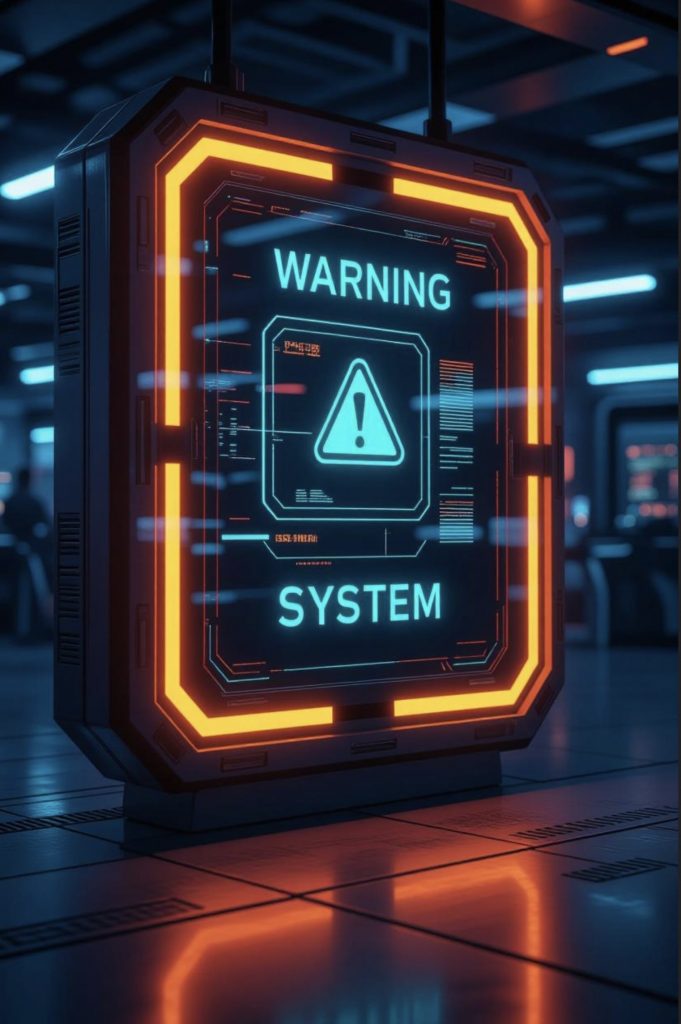Pain tells the brain to take action against whatever is causing it. This is usually an involuntary action, such as when your hand jerks away when pricked by a pin or when you touch something very hot. Thus, it prevents further injury.
Though the sufferer finds pain all too real, it is often difficult to describe. However, it is essential to try, as a description will help your massage therapist make a diagnosis. Continuous throbbing pain indicates swelling or inflammation in a restricted space, as in a carbuncle or tooth abscess. Intermittent stabbing pain results from the stretching or swelling of a tube-like part of the intestine. A dull, continuous ache can strain muscles and ligaments, causing discomfort.
Exactly where you feel the pain is also essential in diagnosis—it may not necessarily be the actual site of the injury. Referred pain, as it is known, can be felt down to the left arm and fingers in some conditions, for example, while an abscess under the diaphragm causes discomfort in the shoulder.

The pain threshold
Tests have shown that the pain threshold—the point during the painful stimulus at which pain is first felt—is roughly the same among all ordinary, healthy people. On the other hand, the pain tolerance point varies significantly when the pain becomes unpleasant.
However, several factors other than the immediate cause of the discomfort can influence the threshold. Illness, hunger, extremes of climatic temperature, temperature fluctuations, and pain caused by another condition all contribute to lowering the threshold, resulting in more severe pain. For example, many arthritis patients find their pain worsens in spring and autumn, when the temperature swing is at its greatest.
Pain and psychological conditions
Worry, fear, anxiety, fatigue, stress, depression and insomnia all play a similar role. For instance, pain often worsens as the day progresses, and your tiredness increases.
Other psychological factors work in the opposite way to raise the threshold and ease the pain. When you believe strongly that pain gets better, it often does, and faith in your doctor, massage therapist, or treatment to make it better may have the same effect. And so do concentration of the mind and emotions, such as happiness and excitement.
You may be so absorbed in catching your train that you fail to notice that your shoes give you a blister. Then, there are the physical pain relievers, such as analgesics and anaesthetics, as well as a host of conventional and alternative remedies and body massage treatments.
However, all practitioners are only too aware that muscular pain is often an early warning that something is wrong, whether it is a physical problem or an emotional condition, and will aim to diagnose and treat the root cause. Sufferers should bear this in mind as well: if pain persists, Massaggi refers clients to specialists, consultants, or doctors.
Killing pain the natural way
The human body produces its powerful painkillers. Endorphins and encephalins are examples—proteins occurring naturally in the brain that have effects similar to those made by opiates. The body synthesises them from an amino acid in the protein in your diet.
Dopamine and the so-called stress hormones adrenaline and noradrenaline, which are produced by the adrenal gland, are similar proteins. Their release is triggered by stress and exercise and can prove very effective. For example, the player may not become aware that they have been injured until an exciting and strenuous game is over, and many wounded individuals experience little or no discomfort at the time of their injury. Hormones can also help relieve chronic (long-lasting) pain.
The body produces dopamine and hormones from the amino acid. The body cannot synthesise this; it is an essential amino acid—the diet must provide one. Cheese, nuts such as peanuts and almonds, avocados, bananas, lima beans, herrings, sesame, and pumpkin seeds are good dietary sources.
Like vitamins and minerals, DLPA is a dietary supplement from health shops. However, you should follow the manufacturer’s instructions carefully and consult your doctor before taking the supplement if you are pregnant or being treated for high blood pressure.
What massage therapists recommend
A massage therapist investigates and helps you with a condition causing the discomfort. For the pain itself, Massaggi recommends the following:
Techniques for relieving pain using pressure points and self-massage
- Rub a part of the body when it hurts; initially, do this if it helps to lessen the discomfort.
- For general pain, apply pressure to the hollow behind the outer ankle bone, pressing inward and slightly toward the ankle bone.
- For pain in the upper body, apply pressure at the end of the crease in the web between the finger and the thumb, pressing towards the finger bone.
- For pain in the lower body, apply pressure one hand’s width above the crown of the inner ankle bone, just behind the shin bone, pressing inwards beside the bone.
Pain relief and massage treatments with Ben Pianese
Ben Pianese’s approach to dealing with stress, joint, and nerve pain includes a holistic look at the body and employs several massage techniques designed to rapidly relieve pain and help rebalance the body’s natural muscle alignment.
The results are often described as miraculous, with chronic pain sufferers finding relief from their ailment after just a few massage therapy sessions.
